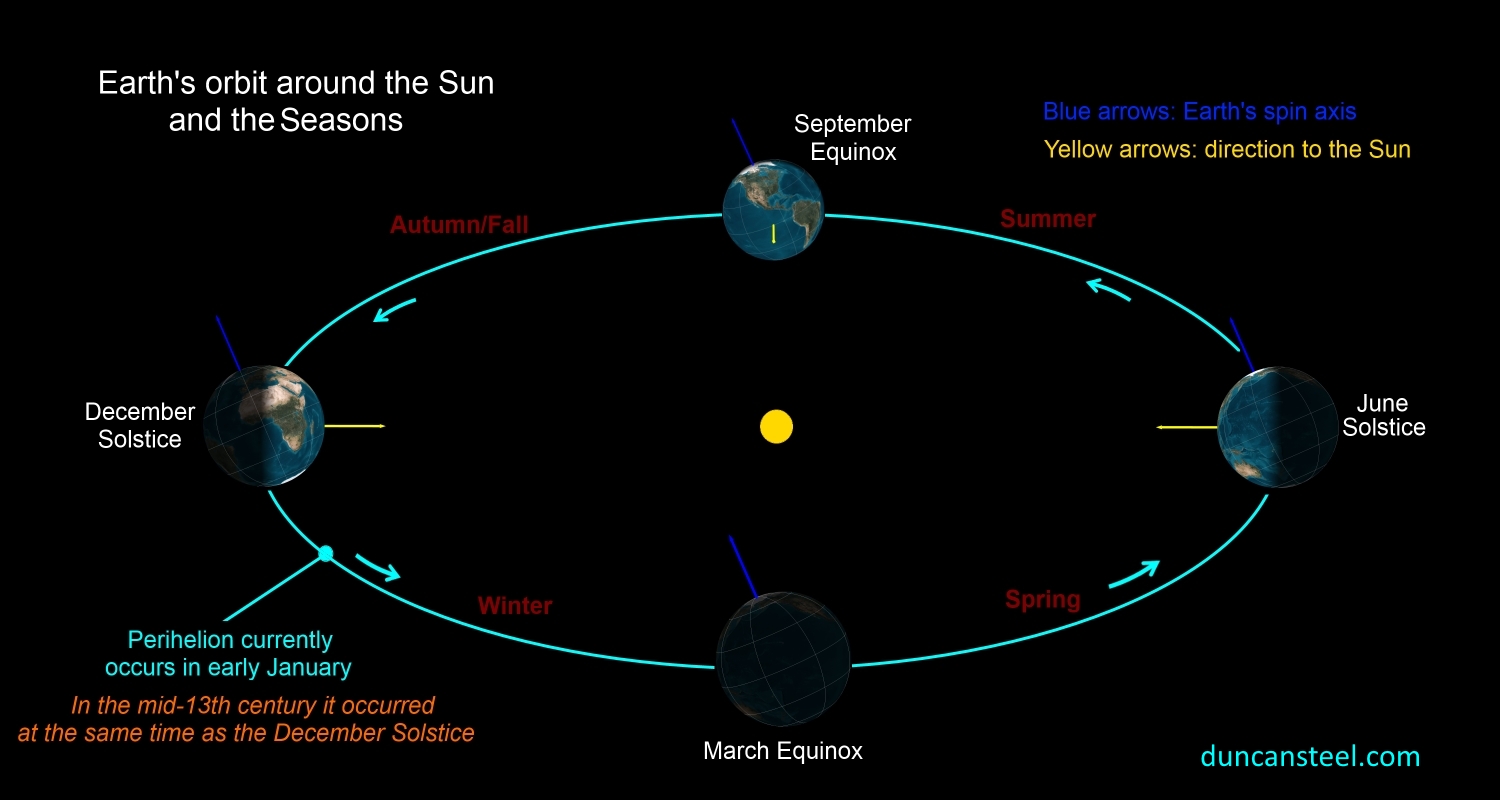
When you log into your favorite weather web site and look at the satellite view of your hometown, the image you are seeing comes from a satellite in geostationary orbit. It is always directly over the same place on the Earth’s surface.Ī geostationary orbit is extremely valuable for weather monitoring because satellites in this orbit provide a constant view of the same surface area. This special, high Earth orbit is called geosynchronous.Ī satellite in a circular geosynchronous orbit directly over the equator (eccentricity and inclination at zero) will have a geostationary orbit that does not move at all relative to the ground. Because the satellite orbits at the same speed that the Earth is turning, the satellite seems to stay in place over a single longitude, though it may drift north to south. With the launches and space missions becoming unsustainable, there is a critical need to look at mitigation efforts to make low earth orbit safer for further exploration.When a satellite reaches exactly 42,164 kilometers from the center of the Earth (about 36,000 kilometers from Earth’s surface), it enters a sort of “sweet spot” in which its orbit matches Earth’s rotation.

However, a majority of larger payloads reaching the end of their mission during the last decade did so in orbits where they did not successfully remove themselves from. Abot 90 per cent of small payloads, below 10 kg in mass, reaching the end of their mission during the last decade operated in orbits that naturally adhere to the space debris mitigation measures.Īlso Read: Launch of first unmanned mission of Gaganyaan is slated for December: Nirmala Sitharaman Over the last two decades, the average number of fragmentation events has remained stable at roughly 12.5 per year.

Uncontrolled re-entries should have a less than 1 in 10,000 chance of injuring anyone on the ground.Ī large proportion of debris in orbit today are leftovers from just a couple of fragmentation events, namely the infamous collision between satellites Cosmos-2251 and Iridium 33 in 2009 that created a huge cloud of debris.Įnergy left undisposed onboard a satellite or rocket body can lead to explosions.

Modern space debris regulations demand that such incidents should not happen. The numbers are gradually improving, but it is not fast enough."

The uncontrolled tumbling created a panic among nations, putting people and property in danger.ĮSA, in its report, said, "More than half of space actors operating the non-compliant missions make no attempt to sustainably dispose of their missions. While the rocket landed in the Indian Ocean last week, the bulk of its components was destroyed upon re-entry into the Earth's atmosphere. China was recently in the news when its biggest rocket, Long March 5, started tumbling back towards Earth after the delivery of a critical component of its under-construction space station.Īlso Read: China to send 3 astronauts to its under-construction space station for three months in June With several countries funnelling billions of dollars into space missions, responsible exploration and management are key. (Graph: ESA) Space operators not doing enough Commercial satellite sky-rocket in low-Earth orbit.


 0 kommentar(er)
0 kommentar(er)
